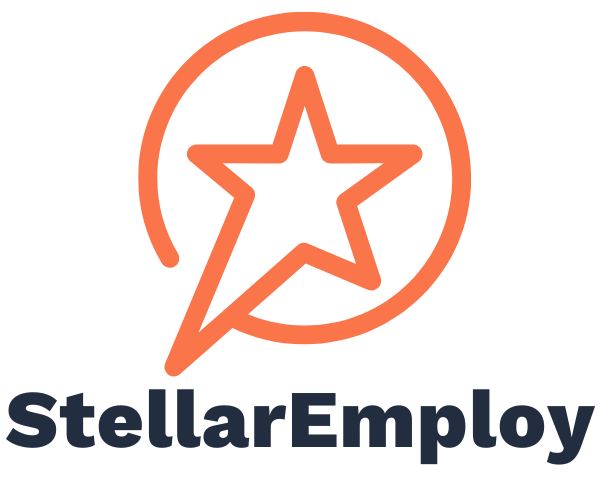The Hiring Signal that actually Predicts Performance
Anyone who has searched for a job can’t wait for the day when they get to be the one making the hiring decision. Once there though, we quickly realize how difficult it is to wade through resumes and interviews to hire good people. Those doing this job don’t often relish it.
Experience of high-volume recruiting
This problem is exacerbated when hiring hourly workers. The task of hiring feels like pouring water into a bucket with no bottom given high turnover.
One recruiter faced aggressive hiring targets because of 10% monthly turnover of Warehouse Associates. She had a team dedicated to calling applicants just to ask them to show up for interviews and training. Nothing she did seemed to work.
A small business manager had to hire while running his day to day shop. When someone called out, he put aside office work to help on the shift. Some had begged for a chance but stopped showing up after collecting their first paycheck. He had no time, or way, to figure out who was reliable.
Both felt like the problem was out of their hands, and there wasn’t much they could do to get the people they needed.
Finding the right signal
However, there is a way to get back in control. The trick is finding a tool or signal that gets you to the good hires quickly, so you invest your energy and time in a way that generates positive outcomes. Finding good people is what motivates us to weed through the rest because of how much they contribute.
Instead of being inundated by meaningless volume, we need a compass to get to the gold. The numbers game is just too exhausting to work for very long.
So what’s the tool or signal? It turns out this is exactly the kind of task where algorithms excel. Algorithms are good at identifying patterns in large amounts of data, which you have at the hourly level. Algorithms highlight trends that are unobservable to the naked eye.
Even hourly jobs combine multiple types of complex variables. You have different kinds of interactions with customers or teams. You have different frequencies of tasks that require dynamic combinations of attention to detail, multi-tasking or analysis. It goes without being said that people are complex. Two different kinds of people can be successful in the same job using different combinations of skills.
Algorithms are data-first, not psychology-first. They differ fundamentally from psychometric assessments. StellarEmploy’s algorithms learn from empirical performance data of active employees and applicants.
It’s like putting several brains together to create the most fair, transparent, data-based way to hire your most promising workers.
Irene Chung is Co-Founder and Co-CEO of StellarEmploy.
